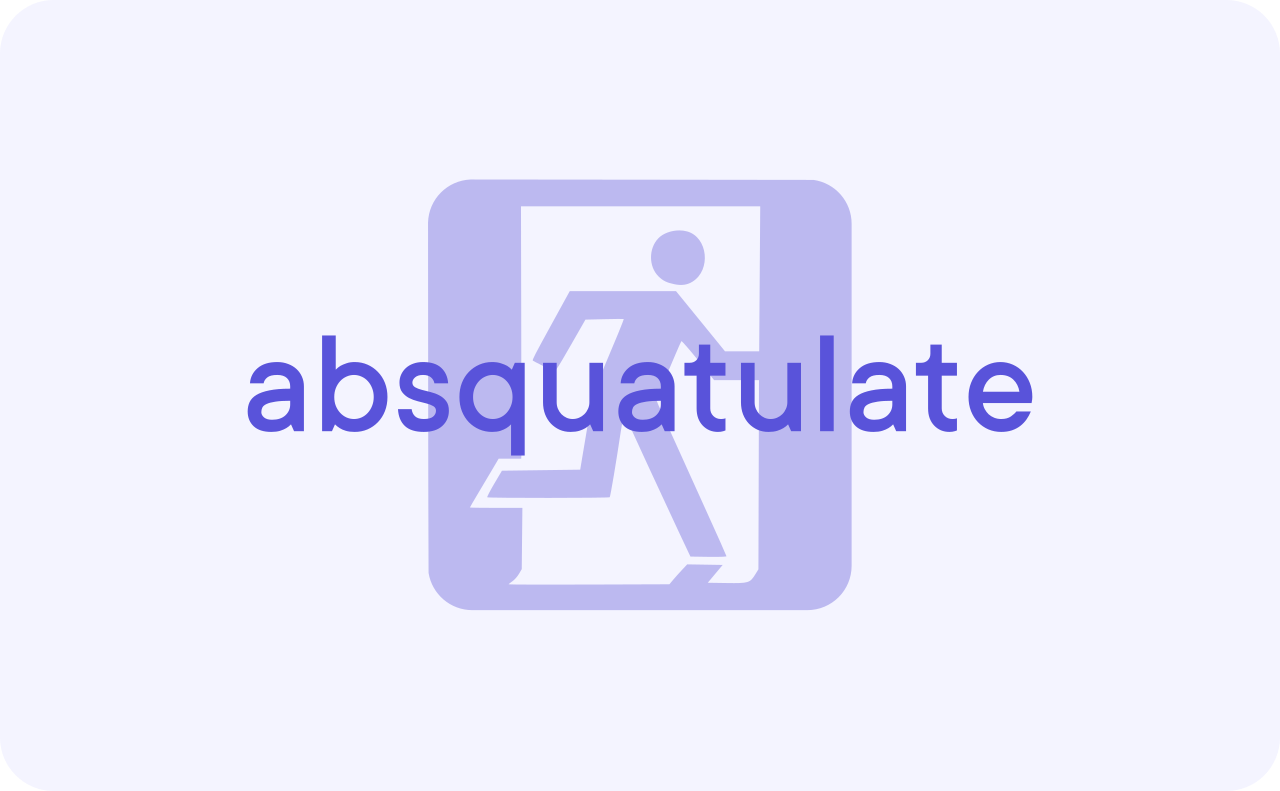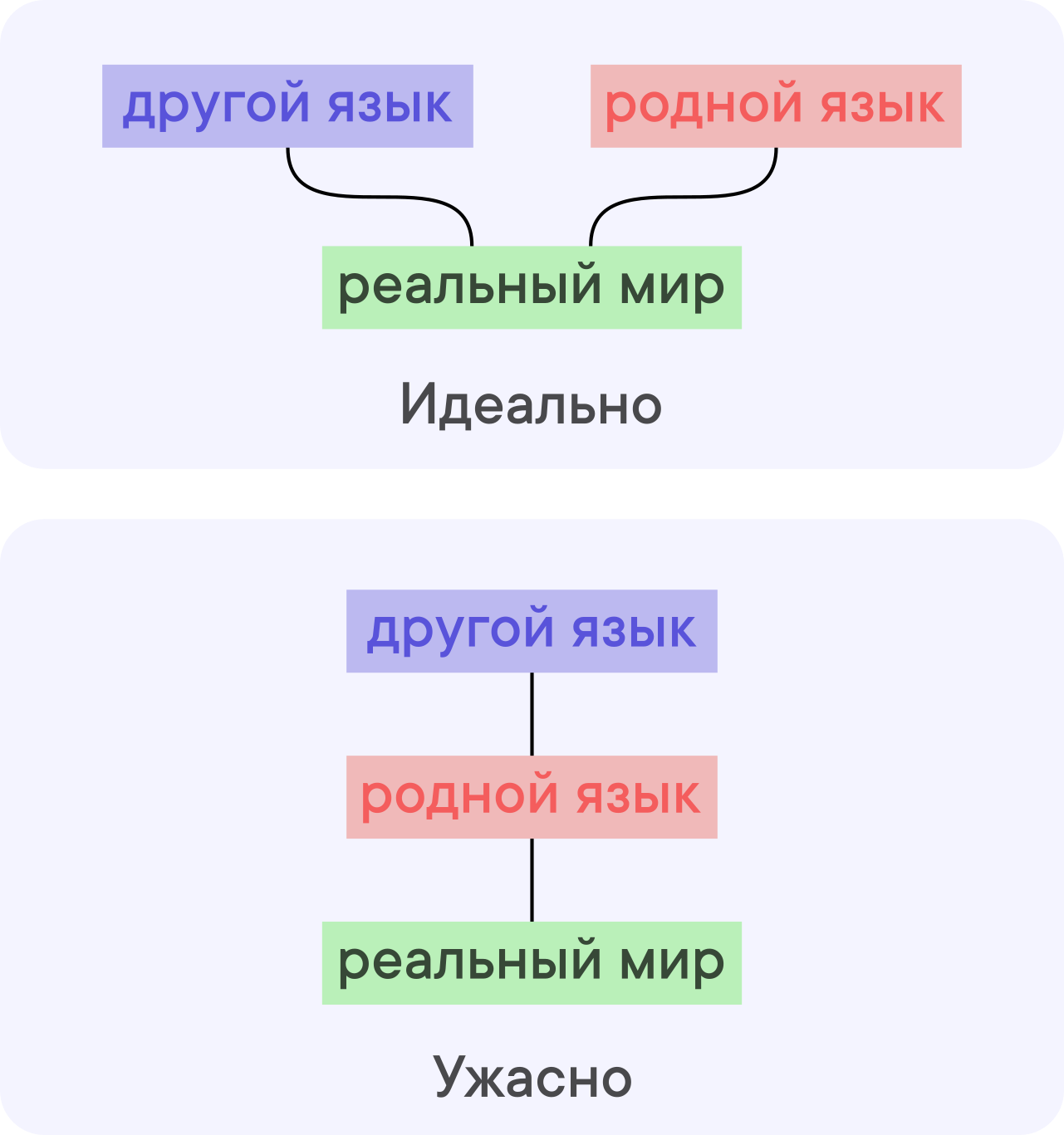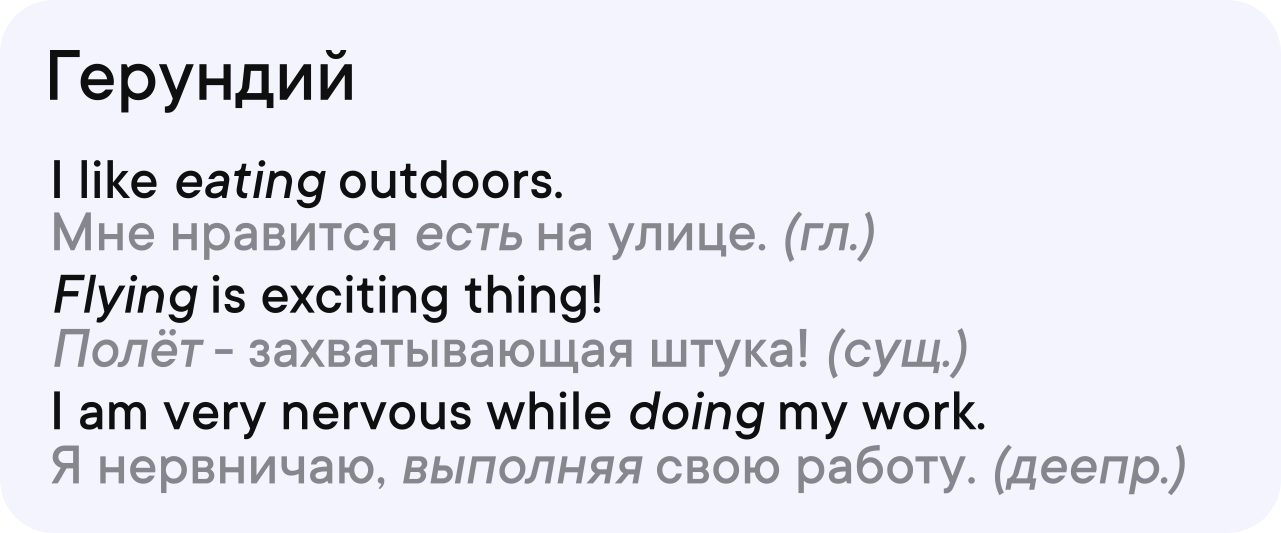Why you should not look at others when learning one language

Suppose you are interested in this strange word. Where do you go: to a translator or to an explanatory dictionary? I think the second option is preferable.
Tooltip and word translation

absquatulate - To leave quickly or in a hurry; to depart, flee.
Speaking in Russian, this word means "run away, leave in a hurry"
I think that the majority of readers do not understand what I’m leading to now. Perhaps the example is not good enough, but for good examples the place is slightly lower in the text of the article.
Habr, as well as the IT community as a whole, for a number of reasons is inextricably linked with the English language. Nevertheless, when learning languages (not only English, although all the examples here are taken from it), many encounter such a difficulty: remembering everything is too difficult. This word, it seems, means “water”, and after it comes “melon”. Water melon, definitely. It seems that with examples I do not really.
So, let's get closer to the point, to the question that is indicated in the title.
Many language learners are used to doing this in this way:
- We see something unfamiliar
- We are looking for a translation
- Remember
- Safely forget
Oops Something went wrong. Let's see why our brain refuses to accept new information in this form. Now, you see the word spring . Suppose that every reader has absolutely no knowledge of English and does not know what it means. The translator will give you a huge amount of information (at least Google Translate will give you 54 translation options), which you can’t fully master. Absolutely different words (how are “spring” and “jailbreak” related?) That do not at all fit together. And then, to avoid wasting time, you look at a couple of values and then you don’t figure out what coil spring is .
The main problem is that we are trying to "pull" a model of another language into our native language, comparing words not with their meaning, but with other words, creating an unnecessary layer that forces us to store more information. The brain is protesting that spring is a <spring array of 54 Russian words>.

Even if you all remember this miraculously, imagine how slow you are to such a double conversion. word >> word >> meaning. Add to this a contextual account in which you cannot translate everything straight away, and you will get a wonderful non-working scheme “How I spent 4 years to understand the title of an article on Medium”.
So, the adoption of new information should follow this scheme:
- We see something unfamiliar
- We are looking for the meaning (it is possible in the native language, but preferably in the original language)
- Remember
Why is this approach better? Because you can immediately understand the construction that you read, and in your own words convey it in your native language, if necessary. If you do not need it, then you will not need your native language. More clearly, this difference is visible in the diagram:

Despite the fact that the number of connections has not changed, in the upper diagram they are grouped so that the actual value with which our brain will work will always be one step away from any language, and vice versa. Using the lower scheme, we condemn ourselves to the eternal translation of one language into another, to translation errors, to the incoherence of the information that we obtain from material that uses a foreign language.
Moreover, this is true not only for individual words, but also for grammatical constructions, for any element of the language. For example, you should not try to compare English gerund ( Wikipedia ) with a specific part of speech in Russian - because the closest Russian relative of gerund is a verbal noun that does not accurately reflect its meaning.

Nevertheless, this approach is used, for example, in various cards for learning a language - a foreign word is often highlighted on them, and the image of the subject occupies most of the space. But we still get stuck in the opinion that a translator is constantly needed to learn a language. Undoubtedly, sometimes it may be needed, but much less often than we use it. Those for whom the foreign language is native, did not learn another in order to associate their own. They simply connected in their head constructions of words with objects and with other convenient representations. They do not remember 54 translations of the word "spring", they simply attach associations to it, creating a specific model of the language. And for them it seems logical.
